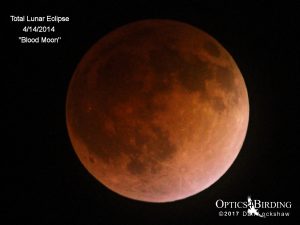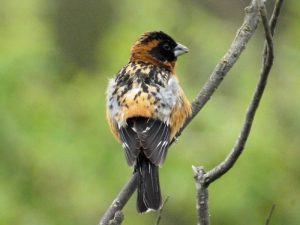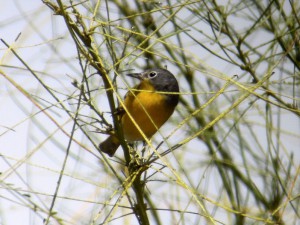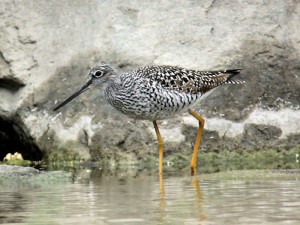
The moon becomes very reddish in color as the total eclipse progresses. Light refracted from our atmosphere dimly lights the “blood moon”.
The first of four total eclipses of the moon was visible late in the evening of April 14, 2014. A blood moon is another name for a total lunar eclipse. The refracted light as it passes through our atmosphere is the only light that hits the moon. In essence, this has the effect of casting a red sunset onto the moon. Going forward, one of the remaining three total eclipses of the moon will occur each 6 months. This frequency of total eclipses has not occurred in over three hundred years. This is a pleasurable and easy event to enjoy with binoculars.
The events are also unique for multiple other reasons. The first reason is because all four eclipses will be visible from somewhere in North America. This first eclipse had the added attraction of also being on the same night as the closest approach of Mars to the earth since 2008. Just below the red planet was the blood moon. A celestial event that will not happen again in our lifetimes. Continue reading




